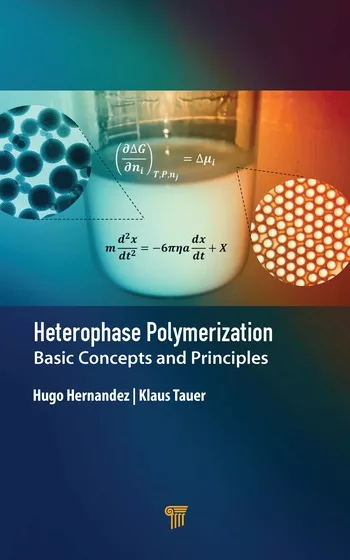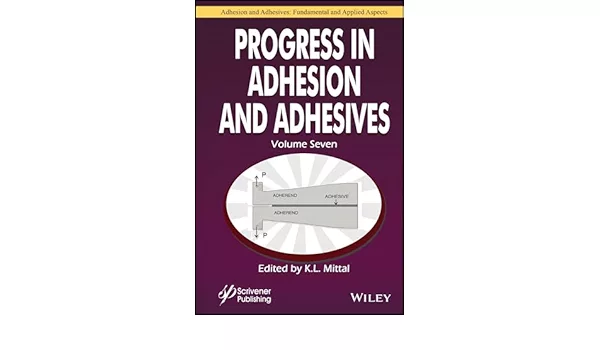Ask Dr. Dave
Question
We use RTV silicones in our assembly operations and our workers keep complaining about the strong vinegar smell. Somebody told me that we might be able to get low-odor, low-volatile silicones. Will they work as well as our current material?Answer
RTV or room-temperature vulcanizing silicones are convenient, one-component sealants that cure by reaction with moisture from the atmosphere. Your current product is known as an acetoxy silicone. During the curing reaction with water, short-chain molecules in the liquid silicone, called siloxanes, link together to form a tough, rubbery sealant and give off acetic acid (vinegar) as a by-product. You should talk to your supplier about providing you with a low-odor silicone. These materials have similar cure chemistry but give off different by-products, which typically are amines, oximes or alcohols. The odors vary from a slight "fishy" smell to musty to virtually no odor. You may pay a little more for these types of RTV silicones but they are much more pleasant to handle.One thing to check is that you do not affect the adhesion in your assembly. Acetoxy silicones do tend to have outstanding adhesion, particularly to metals and glass.
You also mentioned low-volatile silicones - these are silicones that have been purified to remove volatile siloxanes that can evaporate during curing and then condense on nearby surfaces. This can be a problem in some industries, like electronics.
Question
We use pressure sensitive labels in our bottling and canning operation, but our business is growing so fast that we would like to find a faster and lower-cost way to label our products.Answer
An alternative is to use overlap labels that have adhesive applied automatically to the leading and trailing edges of the label. The adhesive can be jetted on or applied by roller. Labels are commonly supplied in a magazine, and the adhesives are usually water-based or hot melts. The simplest labeling machines are semi-automatic horizontal labelers where the bottle or can is rolled through the machine. The really high-volume operations, like the soda-pop industry, use totally automatic, vertical labelers where the bottle or can travels through the labeler upright.One of the key elements to successful, low-cost labeling is to choose the right adhesive for your container surface and the label itself, which is commonly paper or plastic. Adhesive manufacturers have formulated special adhesives for special applications. Carbonated drinks, for example, use PET bottles, which tend to expand during shipping or storage, and adhesives that slip a little bit have been developed to prevent the labels from tearing. Similar special systems have been designed to label cold, wet containers or containers full of hot liquids.
You need to carefully consider the pros and cons of changing from your current pressure sensitive adhesive. Pressure sensitive labels, though somewhat expensive, are quite easy to store and apply with simple equipment. Fully automatic labelers are quite expensive to purchase, require you to buy and store adhesive, and also require line and maintenance personnel to be thoroughly trained in their operation, maintenance and clean up.
Question
We want to bond Teflon to steel with a cyanoacrylate in the assembly of our electronic components. What is the best way to maximize the strength?Looking for a reprint of this article?
From high-res PDFs to custom plaques, order your copy today!





